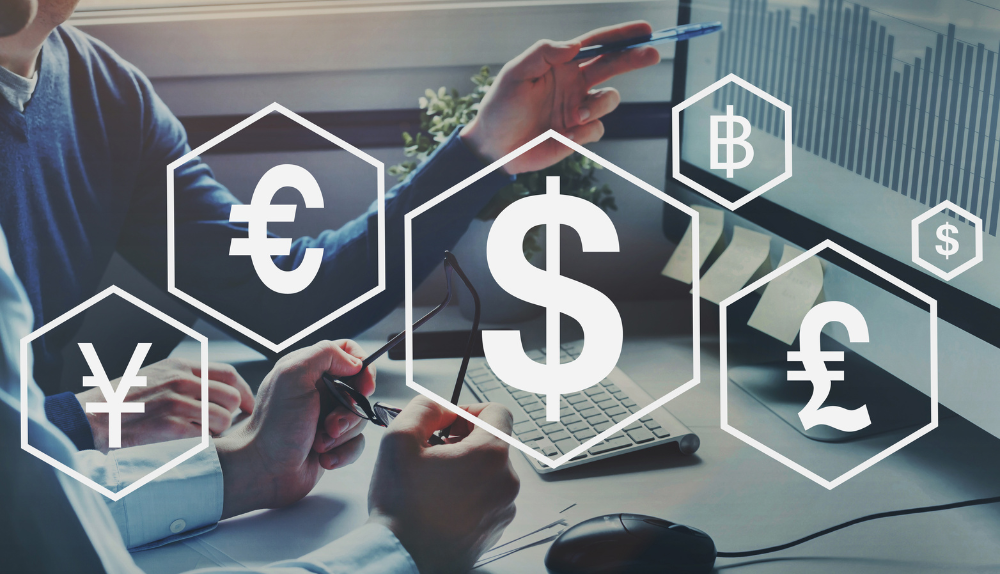
By max June 11, 2023
There’s a wealth of data on the internet for individuals and businesses looking for tricks to use payment data to grow your company or businesses or the latest consumer trends. In today’s data-driven world, companies that make decisions considering the present and previous data records are more likely to succeed than those who plan everything out of the blue.
One such area that gives you plenty of insights into the reliability and transparency of your business operations is payment analytics. With trillions of transactions processed daily, there’s a considerable amount of data you can use to increase your conversions, boost sales, and generate increased revenue. This data doesn’t only show you the ways to grow revenues. But by using this, you can save money that would otherwise be spent on processing fees.
In this post, we have explained a few surprising tricks for using payment data to grow your revenues and expand your organization. Before that, let’s see the payment metrics that the payment data can help you with.
Payment Data Analytics: Metrics It Offers
Every time a customer makes a payment through your retail POS or the payment gateway, the payment data is recorded in your system. This consists of the basic details of the customer, like their name, email, phone number, and address.
It also includes the payment method the customer used to initiate the transaction, where the product is supposed to be delivered, the amount, and more. If we see it from the merchant’s perspective, this information can help you make many important business decisions, like staffing, purchasing, switching to a different payment processor, and so on. It gives insights into the buyers’ shopping habits.
Here are the metrics you can collect from payment analytics:
- Payment Mode: To give you a better understanding of which payment method is mostly preferred by your customers.
- Transaction Size: This shows how much your customers are spending on your store and how you can get them to buy more.
- Volume: Transaction volume shows the number of purchases people make from your store.
- Chargeback: Payment analytics give insights into the chargeback ratio, which is calculated based on the number of chargeback requests generated by your customers.
Top 10 Tricks To Use Payment Data to Grow Your Company
Use Payment Orchestration
Finding a tool that gives you all the data about your transaction history can get pretty overwhelming. As the business grows, the number and volume of transactions increase, and there’s tons of data captured. The question is how do you get it?
You can talk to the payment provider to know if they offer a data analytics tool. Some payment processors offer businesses tools that give them clear insights into their transaction history, payment processing, and other financial factors.
For those working with multiple payment processors, the payment orchestration software comes in handy. It’s a payment processing software that re-routes the transaction to another payment processor if your acquiring bank is currently unavailable.
Besides, it automatically identifies the most cost-effective and reliable payment processor in the area. Payment orchestration also offers detailed insights into your payment data. All the information is organized under one roof, giving merchants quick and easy access to the transaction. You can generate, analyze, and monitor reports efficiently.
Collect the Data
Once you have found the payment analytics tool or the data orchestration software, the next step is to collect data. The transaction details are automatically recorded as soon as the customer makes payment. If you process only a few transactions a day, you can wait for a few days to collect enough data for proper analysis.

For businesses that report a large number of transactions every day, the payment orchestration platforms support real-time data monitoring features. This enables you to get quick and regular updates about your customer behavior and their preferred payment choices. Remember, the data that’s unused is just like the data that was never collected. It’s important to generate reports and collect payment analytics regularly to know your customers better.
Analyze the Data
Understanding the key metrics of payment analytics will help you make informed financial decisions for your business. After collecting the data, the next crucial step is to turn it into actionable insights. Before you get there, let’s check out a few important metrics to check in the payment data reports.
Conversion Rates
The ultimate goal of every merchant is to increase their conversions. Turning your visitors into your customers requires great marketing strategies and a personalized shopping experience. For that, you need to understand each customer’s unique buying pattern and their transaction volume. You must start with the conversion rates.

Here, the conversion rate implies the customers that finished the payment. Many people add products to their cart and head to the checkout page only to abandon the cart and leave the website. The conversion rate tells the percentage of customers that made the purchase.
Payment Declined Reasons
Sometimes, the customer initiates a transaction but is unable to complete it because of the payment failure from the processor’s end. Knowing what causes these payment declines and why it happens frequently will help merchants adjust their payment infrastructure accordingly. For example, if you are currently working with a single payment processor who’s unavailable for international transactions or on certain days, you can switch to multiple payment processors. Installing payment orchestration software, as mentioned above, can be helpful in this case.
The tool will check the available payment processing companies and improve your successful payment completion rate. Using the payment data is important to identify the reason payment was declined.
You get a clear picture of whether it was the issue from the customer’s end, i.e. lack of sufficient funds to process the transaction and incorrect banking information on your end. You can work with your payment processor and other parties involved in transactions to reduce the declined transaction rates and ensure successful payment processing for online and in-person payments.
Payment Authorization
The authorization rate is the percentage of transactions that were authorized by the cardholder’s bank and resulted in the successful completion of the payment. Also called the approval ratio, a bank with a high authorization rate is the best bet for a merchant working internationally.
Unfortunately, not every payment processor works in international markets or has a good authorization ratio. The payment data will give you insights into the authorization rate of the payment processor.
Payment Methods
You can also check the usage stats for each payment option you have made available for your online and brick-and-mortar store. This gives you a clear picture of whether the available methods are sufficient for your target audience. This also helps you identify the payment options that are not being used much. You can remove them from the available payment methods list, thus saving you the time and cost of managing the payment methods that are not being used much.
Transaction Frequency
This is a really important metric. Knowing how often your customers buy from your store will help you establish marketing campaigns accordingly. For instance, if you have noticed a specific customer has not bought anything from your store so far, you can offer them a special discount or a promo deal to get their attention. The payment data shows who has been buying from your store, how frequently, and which products. Knowing these details helps you retain your loyal customers and grow your business.
Transaction Fees
Card processing isn’t free. Depending on the payment processor you choose, this can cost you a hefty fee on each transaction. The good news is you can save some money on processing fees by knowing the cost of each transaction. Based on this, you can choose a payment provider that costs a nominal fee for each credit card transaction. This information is also useful for merchants expanding their business on a global scale.
Since international transactions come with an exorbitant processing fee, you can easily route the payment to the banks that charge a reasonable fee for international transactions. Intelligent payment routing and rerouting come in handy in such cases. Not only does it improve your ratio of successful transactions, but it costs you far less than you’d pay to a single payment processor for national and international card payments.
Customer Behavior During Checkout
Another crucial metric a merchant needs from the payment data is the user’s behavior on the checkout page. To provide each user with a personalized shopping experience, you must track the user’s activity on the payment page, the total time they take to complete checkout, the cart abandonment rate, and so on.
Bottom Line
Collecting payment data is crucial for every merchant who needs to optimize their online and retail store for their target audience. Achieving increased conversions, better customer engagement, customer retention, and other organizational objectives require streamlined operations.
Most importantly, you need to optimize your payment processing for your customers. This requires payment data that gives you actionable insights into your customers’ buying pattern, their behavior on your checkout page, cart abandonment, and other crucial metrics.
